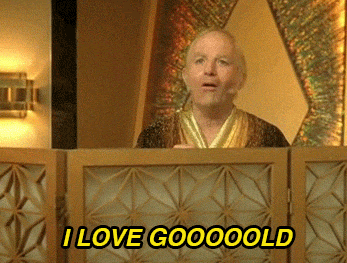4.0 Overview of Unit 4: Transoceanic Interconnections
2 min read•june 21, 2020
Amanda DoAmaral
AP World History: Modern 🌍
577 resourcesSee Units
The one thing you need to know about this unit:
Global trade changed everything. Better transportation = Global trade = More food = more people
= political, economic, and cultural conflict. |
Contextualizing the Unit
Before 1450, regional trade was all the rage as the Silk Roads, Indian Ocean network, and Trans-Saharan routes exploded with more merchants and goods flowing.
By 1450, Europeans were set on finding a faster route to Asia. Relying on overland trade was too slow and you couldn’t bring all that many goods with you on a camel’s back. Maritime trade would prove to be far more economically efficient.
But as of yet, the fastest way to Asia was through the Mediterranean, which was monopolized by the Byzantines followed by the Ottomans. Was there a faster route going west? Maybe. 🤷🏽♀️

🎥Watch: WHAP - Contextualizing Continuity and Change
Main Events
1492: Columbus sailed the ocean blue… and then committed genocide
1521: Cortes topples the Aztecs using smallpox
1526: Mughal empire begins
1600: Tokugawa empire begins
1602: Dutch East India Company established, the world’s first joint-stock company
1624: Queen Nzinga becomes ruler of Ndongo in south-central Africa
1697: Peter the Great travels to Europe to study technology
Major Trends Between 1450-1750
- New tech → More exploration → Columbian Exchange
- Effects of the Columbian Exchange
- New foodstuffs 🌽 → 👶🏼 increased the population everywhere
- Except the Americas where disease decimated everyone 😵
- Migration of people → Spread of religion, new syncretic cultures
- Integration of the west → trade was actually global → new Maritime powers
- New trading posts → New powerful cities
- Colonies established in the Americas
- Mercantilism & capitalism became predominant economic policies
- New global economy had long lasting effects
- European middle class gained wealth → Industrialization possible
- More money in circulation → inflation
- Prosperity → funding for arts and architecture
- Slave trade intensified as demand for labor increased
- Other coerced systems created (encomienda, mit’a)
- Social class based on race & ethnicity, first time ever
Browse Study Guides By Unit
🐎Unit 1 – The Global Tapestry, 1200-1450
🐫Unit 2 – Networks of Exchange, 1200-1450
🕌Unit 3 – Land-Based Empires, 1450-1750
🍕Unit 4 – Transoceanic Interactions, 1450-1750
✊🏽Unit 5 – Revolutions, 1750-1900
🚂Unit 6 – Consequences of Industrialization, 1750-1900
💣Unit 7 – Global Conflict, 1900-Present
🥶Unit 8 – Cold War & Decolonization, 1900-Present
✈️Unit 9 – Globalization, 1900-Present
✏️Frequently Asked Questions
🚀Thematic Guides
🗺Regional Guides
🤓Historical Thinking Skills
🧐 Multiple Choice Questions (MCQ)
📋Short Answer Questions (SAQ)
📝Long Essay Questions (LEQ)
📑Document Based Questions (DBQ)

Fiveable
Resources
© 2023 Fiveable Inc. All rights reserved.